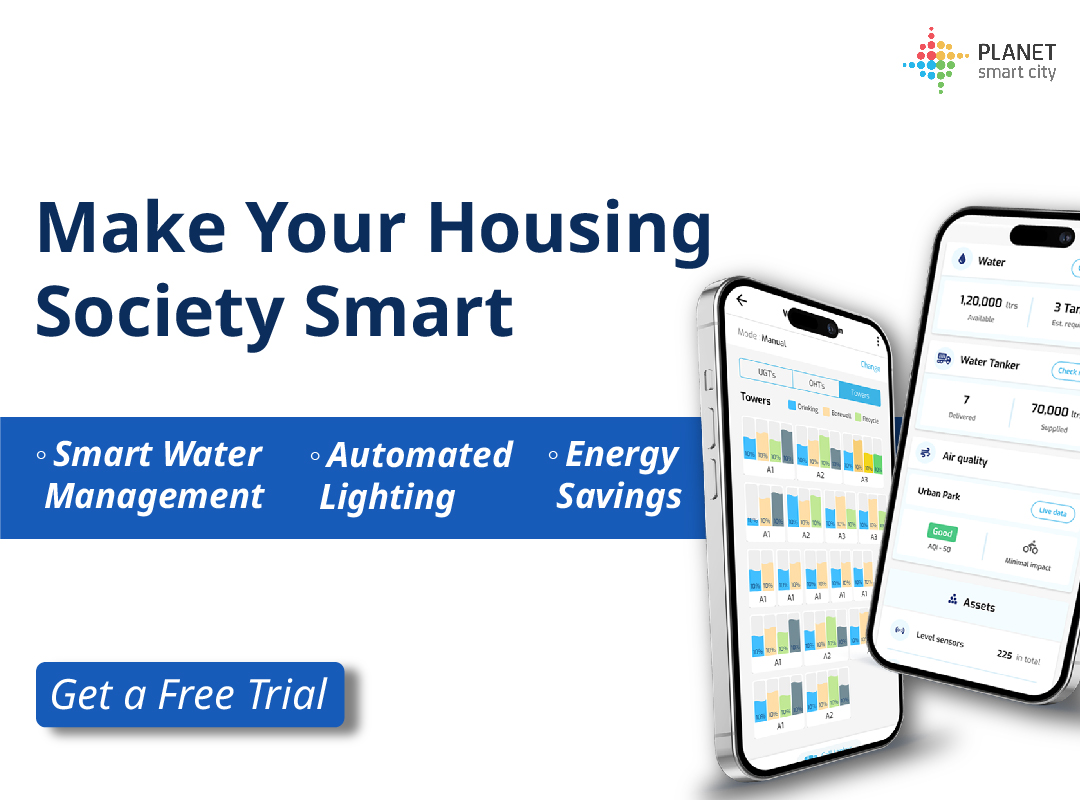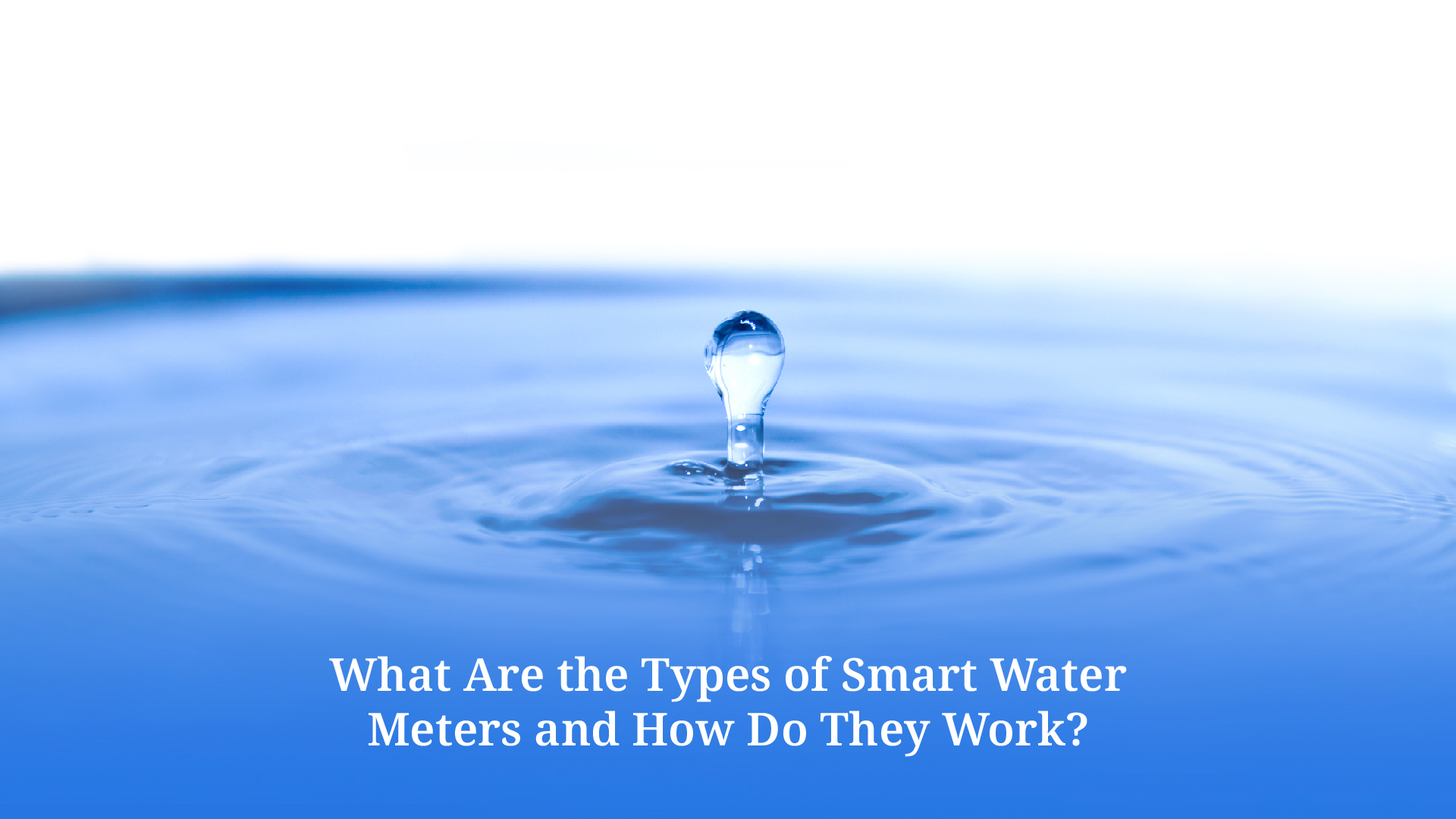What is Smart City: Its Impact on Urban Living

The growing importance of smart cities is impossible to ignore. Globally, urbanisation is on the rise, though the pace may vary regionally. These cities are no longer just futuristic concepts. By integrating technology, sustainability, and inclusivity, smart cities have the potential to revolutionise urban living and create more efficient and liveable communities.
So, what is smart city? It’s an urban area that uses digital technology to enhance well-being, reduce costs and resource consumption, and engage more effectively with its citizens. The smart city concept focuses on improving urban life through smart solutions.
What is a Smart City?
The first time the term smart city was used was in 1992, as a subtitle in an academic book. Since then, the smart city concept has been gaining popularity. From academic research to public policy and the potential of the Internet of Things (IoT), much has been discussed in the last decades.
Although institutions and research centres have been trying to determine parameters and evaluation systems aimed at defining smart cities and districts, there is still no standard or accepted international definition of what a smart city is or how to develop one.
With over 70% of the world’s population forecasted to live in cities by 2050 according to the United Nations, the smart city concept has built up increasing attention among urban planners and government initiatives looking for the best solutions for accommodating such rapid urbanisation.
Over the last thirty years, the term smart city has identified the digital and technological city. Worldwide real estate developments – both greenfield, where construction is undertaken from scratch, and brownfield, where projects involve existing real estate assets – that have been defined as smart usually feature vertical integration of technology.
Meanwhile, Planet Smart City has been at the forefront of a paradigm shift. Since the company was founded in 2015, we have advocated the use of smart technologies in cities and real estate projects as a way to promote inclusivity and enable communities to thrive. For us, a smart city is a project which integrates a series of smart solutions in technology, architecture, social innovation and environmental sustainability, aiming ultimately to improve people’s lives.


Planet Smart City’s Approach to Smart Cities
At Planet Smart City, the vision extends beyond just technology. It’s about integrating sustainability and social innovation to create thriving, inclusive communities. The focus is on building affordable, high-quality housing while engaging residents in shaping their environment.
Planet Smart City ensures that technology serves practical purposes, such as optimising resource use in daily living—whether it’s energy, water, or space. Through platforms like Planet SIM for infrastructure management and Planet App for property management, residents can remotely manage their utilities, lowering costs and minimising waste.
This approach goes beyond convenience. For instance, the inclusion of Community Engagement Managers helps organise events and programs, fostering a sense of community. By blending innovation with inclusivity, Planet Smart City is shaping urban spaces that are smarter, greener, and more accessible for everyone
Benefits of a smart city
A new culture is spreading across potential home-buyers who want their homes to feature the same intelligence they find in other moments of their daily lives: in the car, at work, while using mobile phones. Such expectations raise the bar and force real estate operators to embrace a new paradigm of systemic innovation. However, the very few who have moved in this direction so far have done so without applying an integrated approach to their projects.
According to a study by McKinsey Global Institute, there are several areas and macro-sectors in which the evolution of a city in a “smart” sense can bring concrete benefits to citizens: safety, mobility, health, leisure, environmental quality and social relations.
In partnership with Arup, Our Competence Centre has developed the Social Smart City Matrix (SSCM), the world’s first tool for evaluating smart greenfield real estate projects. The objective of the SSCM is to guide all stakeholders involved in the design and construction of large real estate projects so they can choose the most appropriate smart solutions for each project. This guarantees the implementation of an integrated system of solutions and not just the installation of a set of gadgets.
The SSCM tool highlights the human component in each project, avoiding a techno-centric only approach. It provides a set of results that measure, quantitatively and qualitatively the real estate operator’s commitment to developing a smart city.
As per the model developed by Planet, a real estate project can be defined as smart if it maximises on six key qualities: attractive, healthy, inclusive, efficient, informative, digital. Once carefully selected, smart solutions are combined to increase the score of each quality across the four macro-areas: environment, planning and architecture, technological systems, and social innovation.
The smart city concept developed by Planet involves intelligence provided at the home and district level, with integrated smart solutions to improve quality of life, provide more services, and decrease the cost of living for citizens.
Four Macro-Areas of Smart Cities
For us at Planet, a smart city is a sustainable, technological and socially inclusive city – a city that focuses on people and ensures a high quality of life for communities through the adoption of innovative smart solutions covering four macro-areas:
Planning and architecture
We integrate architectural solutions to deliver high quality, low-cost homes surrounded by public spaces that create communities, foster relationships, and provide lasting value for local residents.
Technological systems
Residents’ lives are enhanced through technological solutions in networks, home automation, air quality control, security, and more. Many solutions are facilitated and can be accessed through the Planet App.
Environment
From drought-resistant plants to solar bricks and intelligent irrigation, we implement innovations in sustainable solutions to create long-lasting value for future generations.
Social innovation
Living in a smart city is more than just owning a home. We create communities that are smart, sustainable, socially inclusive and empower citizens to make a difference in their local community.
We are committed to building places that have heart and soul, that can accommodate diverse communities, and that meet the changing needs of residents. The smart solutions we integrate are backed by thorough research and testing for maximum efficiency.
Planet’s concept
Through our unique proptech approach, we deliver smart solutions integration, digital technologies, services and social innovations that are backed by the latest research. Embracing digital transformation, we place residents at the heart of company activities.
Our smart, sustainable and socially inclusive communities are supported by the unrivalled services of the Planet App, our proprietary digital platform where residents can engage with each other and the neighbourhood around them.
Our teams focus on implementing solutions that help to overcome urban challenges posed by rising city populations, including increased energy consumption, economic competitiveness, and rising citizen expectations.
The diverse skill set of our Competence Centre’s interdisciplinary experts gives us a solid compass to assess and curate thousands of smart city solutions, digital services, and social innovations which have been tested and can provide immediate impact. We select and test the best solutions to achieve the greatest results in our affordable housing projects.
How Smart Cities Transform Affordable Housing
To be considered a smart city, an urban area needs to use different types of data collection sensors to support decision making, manage assets and resources efficiently, and supply value-added services to citizens.
Such data can be gathered from residents, devices and assets, and is then processed and analysed to monitor and manage a range of components. These include traffic and transportation systems, power plants, water supply networks, law enforcement, schools and hospitals.
The concept behind smart cities integrates information and communication technology with devices connected to an IoT network to optimise operations and services and connect with inhabitants.
While many large modern cities such as London and Singapore have been labelled smart cities, Planet’s approach is focused on the way smart technology can transform affordable housing by putting our residents’ needs at the core of every development.
Evaluating Smart Cities – The SSCM Tool
The Social Smart City Matrix (SSCM), developed with Arup, is a pioneering tool for assessing and guiding the creation of smart cities. It helps evaluate smart greenfield real estate projects by providing a framework to select appropriate smart solutions. The goal is to integrate smart technologies into urban areas to enhance the overall living experience.
The SSCM evaluates smart cities across four key areas: environment, technology, planning, and social innovation. It ensures that technology is used effectively to improve urban life, focusing on sustainable, resource-efficient solutions. The tool measures the concept of smart cities against six qualities: attractive, healthy, inclusive, efficient, informative, and digital.
The SSCM ensures that smart cities are more than just tech-driven—by incorporating IoT and data technologies, such as smart metering and predictive maintenance systems, it enhances urban resource management and improves citizens’ quality of life. Developers can use the SSCM to create cities that are not only sustainable but also inclusive and focused on human well-being, ensuring the true meaning of a smart city is realised.
The Promise of Smart Cities
The benefits of smart cities are significant. By leveraging technology, they enhance resource efficiency, reduce environmental impact, and create more habitable spaces. For instance, Planet SIM can help housing societies save up to 15% on monthly utility expenses. However, the success of these cities depends on integrated, resident-focused solutions that prioritise the community’s needs.
As smart cities evolve, these solutions will be crucial in shaping urban environments that are both sustainable and inclusive, ensuring a better future for all residents.
Popular Searches
checklist before buying a flat in pune | smart community technologies | creating inclusive communities | renting or buying a home | common myths of smart home | what is a smart bench | smart communities need human touch | mobility in smart cities | digital tools for smart society | society amenities | The importance of Community Managers | housing society secretary responsibilities | who cannot become committee member of housing society | difference between society and community | women home buyers




